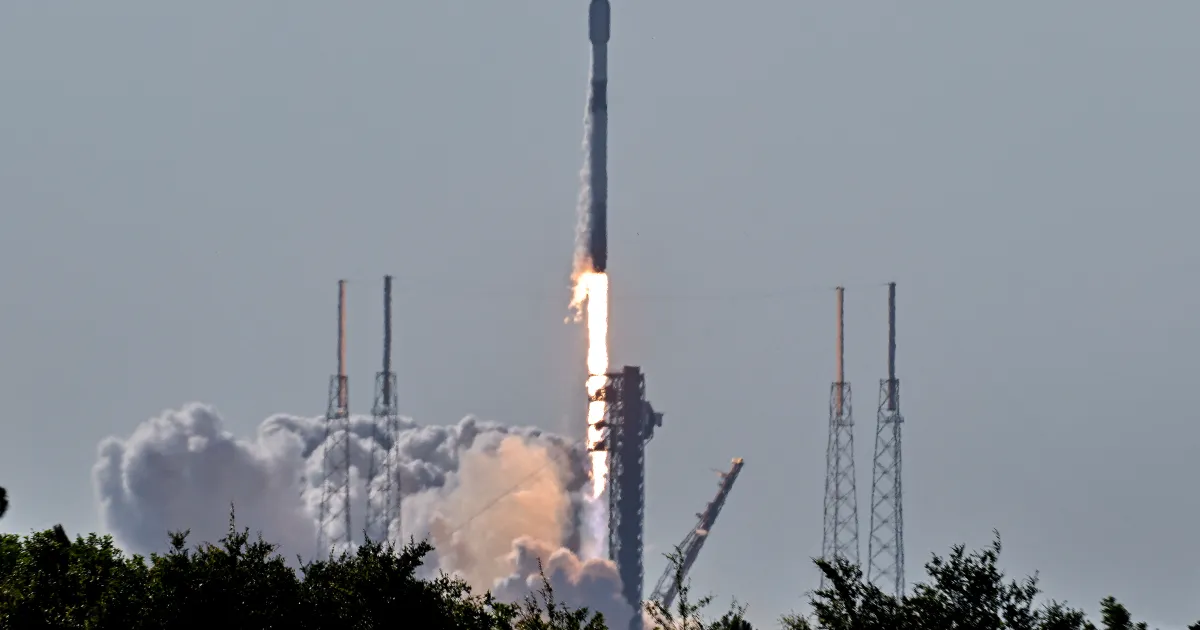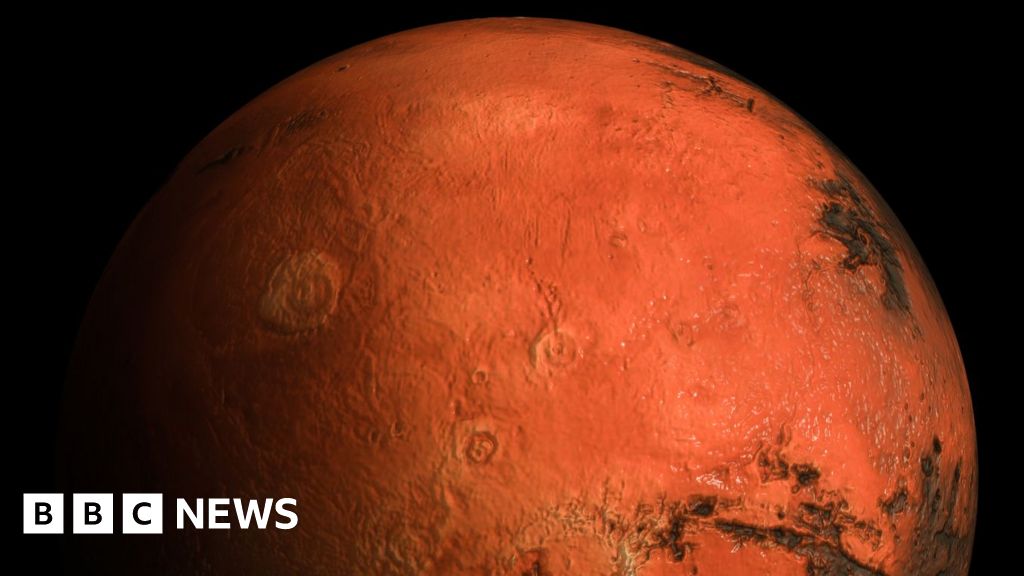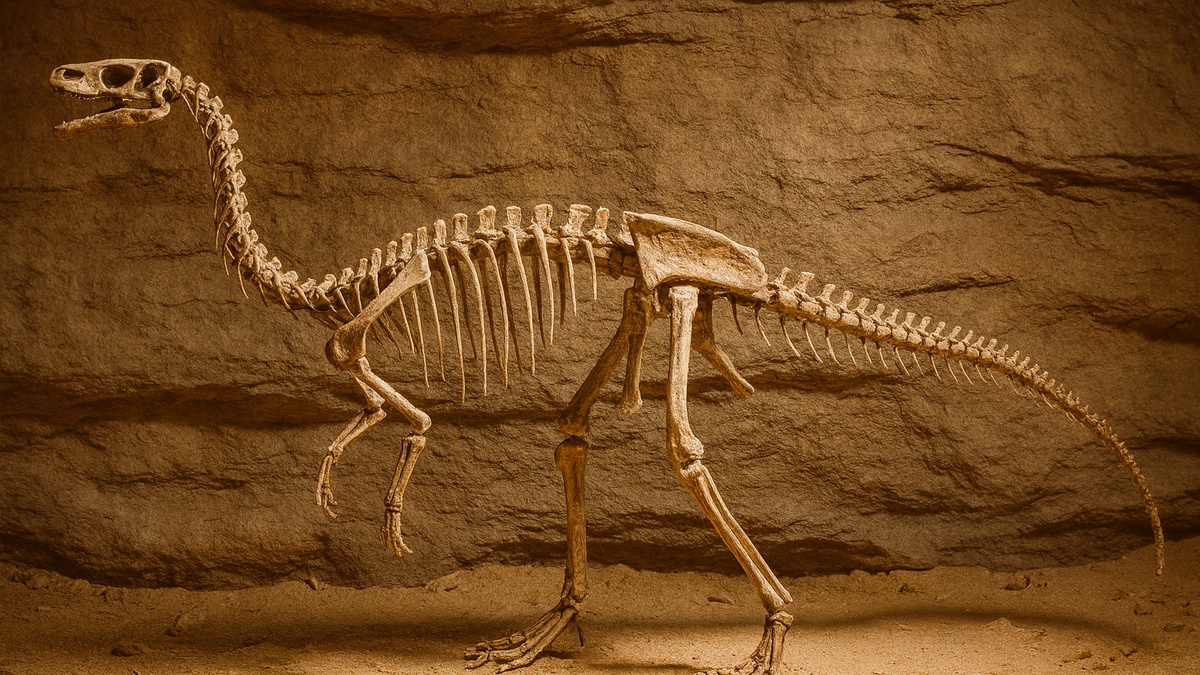
SpaceX Launches First Starlink Mission Since Satellite Problem
SpaceX is back in the skies! After a hiccup on Dec. 17 knocked one of its Starlink satellites out of action. The company successfully launched

SpaceX is back in the skies! After a hiccup on Dec. 17 knocked one of its Starlink satellites out of action. The company successfully launched

A factory in space? It sounds like sci-fi. But it’s already happening. A Cardiff-based startup, Space Forge, has just taken a big leap toward manufacturing

What if the solution to the chronic shortage of human organs wasn’t another person’s kidney, but a pig’s? That’s exactly what Dr. Robert Montgomery, a

Could Mars have lightning? For the first time, scientists think they’ve recorded electrical activity in the Red Planet’s atmosphere. Tiny flashes are nicknamed “mini lightning.”

Are those ready-to-eat snacks and ultra-processed meals doing more harm than you think? Research suggests women under 50 who eat a lot of ultra-processed foods

Doctors across the UK are sounding the alarm. Men are flocking to NHS clinics for testosterone therapy they don’t actually need, and social media may

According to new research, even modest amounts of exercise might slow the progression of the disease in older adults at risk. Forget the 10,000-step rule

Think hitting the gym for a few hours a week keeps your heart safe? For men, that might not be enough. A new study suggests

Can a “weight-loss jab” protect your heart even if the scales barely move? According to the biggest study of its kind, the answer is yes.

In a quiet Swiss lab overlooking Lake Geneva, scientists are growing the future of computing — quite literally. At start-up FinalSpark, co-founder Fred Jordan believes

High in the Andes Mountains, scientists in Argentina have unearthed a piece of prehistory. The fossilised remains of one of the world’s oldest dinosaurs have

SpaceX just pulled off one of its most impressive feats yet — and it’s got the space world buzzing. The company’s Starship rocket soared into
